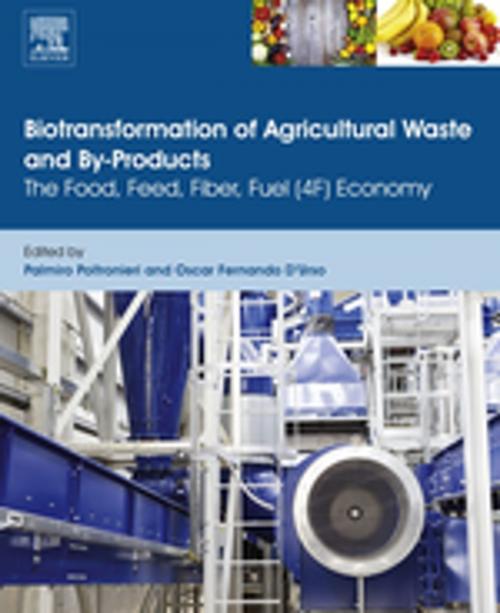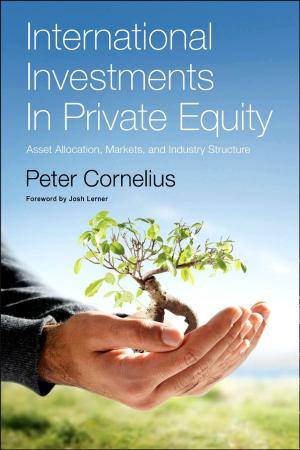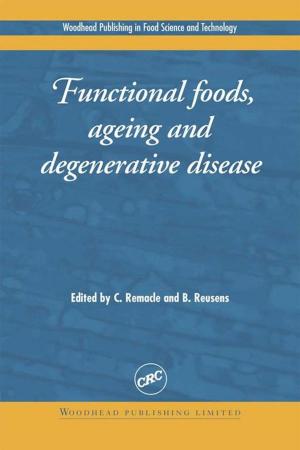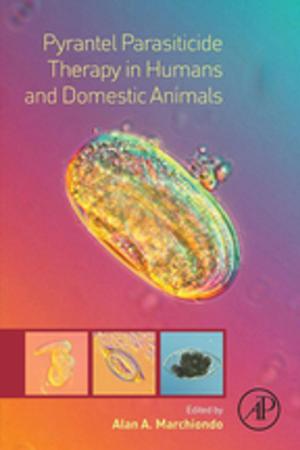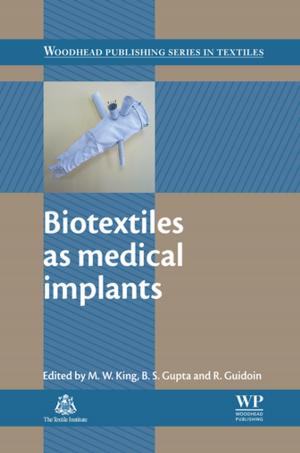Biotransformation of Agricultural Waste and By-Products
The Food, Feed, Fibre, Fuel (4F) Economy
Nonfiction, Science & Nature, Technology, Agriculture & Animal Husbandry, Science, Biological Sciences, Environmental Science| Author: | ISBN: | 9780128036488 | |
| Publisher: | Elsevier Science | Publication: | March 1, 2016 |
| Imprint: | Elsevier | Language: | English |
| Author: | |
| ISBN: | 9780128036488 |
| Publisher: | Elsevier Science |
| Publication: | March 1, 2016 |
| Imprint: | Elsevier |
| Language: | English |
Biotransformation of Agricultural Waste and By-Products in the 4F Economy: The Food, Feed, Fiber, Fuel (4F) Economy presents an evaluation of plant species better exploitable for a particular transformation. As crops are already covering large parts of cultivable soils, is it is not conceivable to try to extend the cultures beyond the limit of available soils, but a further increase in productivity is not easy to obtain.
The book discusses advances in technology and plants design which support the exploitation and valorization of vegetable and fruit by-products through fermentation (feed-batch liquid fermentation, solid-state fermentation) in bio-based bio-chemicals/biofuels production. Pathways in the biosynthesis of fibers, sugars, and metabolites are provided with a focus on the lifecycle of bacteria, yeasts, and even plant species. The text analyzes cellular structures and the organization of cell walls in order to show which polysaccharides offer more favorable fermentative processes and which are detrimental.
- Provides an overview of all plant based biosources
- Includes examples of biochemical/biofuel production from plant waste
- Discusses the production of enzymes used in the plant fermentation processes
- Explores the new fermentation technologies and production of chemicals and fuels from various plants
Biotransformation of Agricultural Waste and By-Products in the 4F Economy: The Food, Feed, Fiber, Fuel (4F) Economy presents an evaluation of plant species better exploitable for a particular transformation. As crops are already covering large parts of cultivable soils, is it is not conceivable to try to extend the cultures beyond the limit of available soils, but a further increase in productivity is not easy to obtain.
The book discusses advances in technology and plants design which support the exploitation and valorization of vegetable and fruit by-products through fermentation (feed-batch liquid fermentation, solid-state fermentation) in bio-based bio-chemicals/biofuels production. Pathways in the biosynthesis of fibers, sugars, and metabolites are provided with a focus on the lifecycle of bacteria, yeasts, and even plant species. The text analyzes cellular structures and the organization of cell walls in order to show which polysaccharides offer more favorable fermentative processes and which are detrimental.
- Provides an overview of all plant based biosources
- Includes examples of biochemical/biofuel production from plant waste
- Discusses the production of enzymes used in the plant fermentation processes
- Explores the new fermentation technologies and production of chemicals and fuels from various plants
